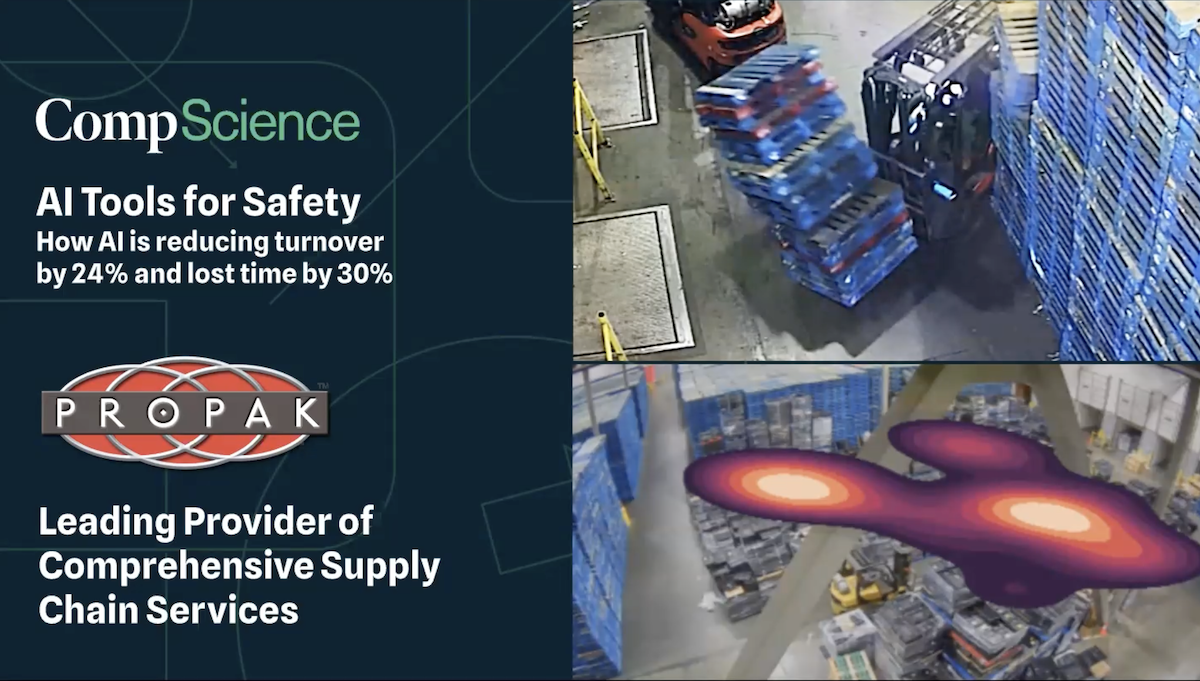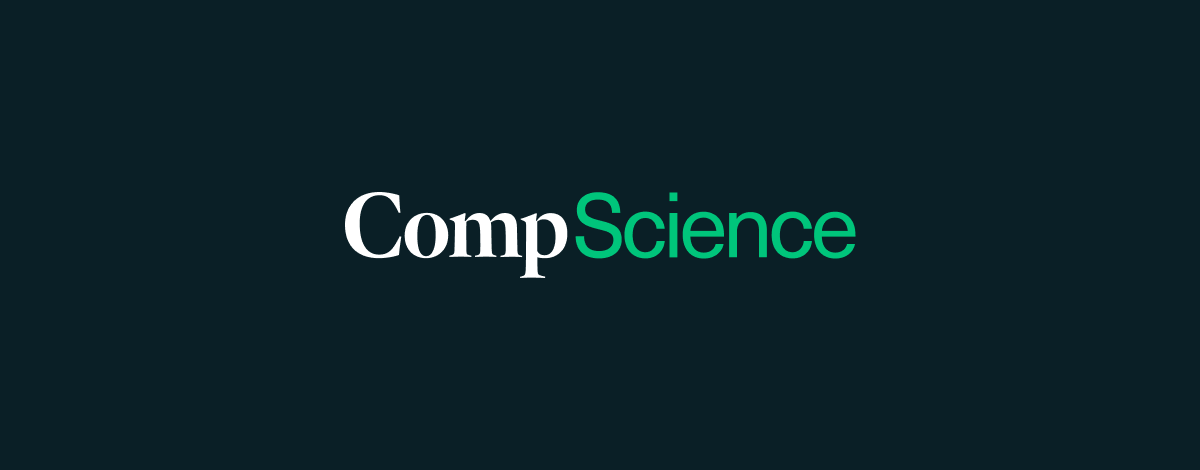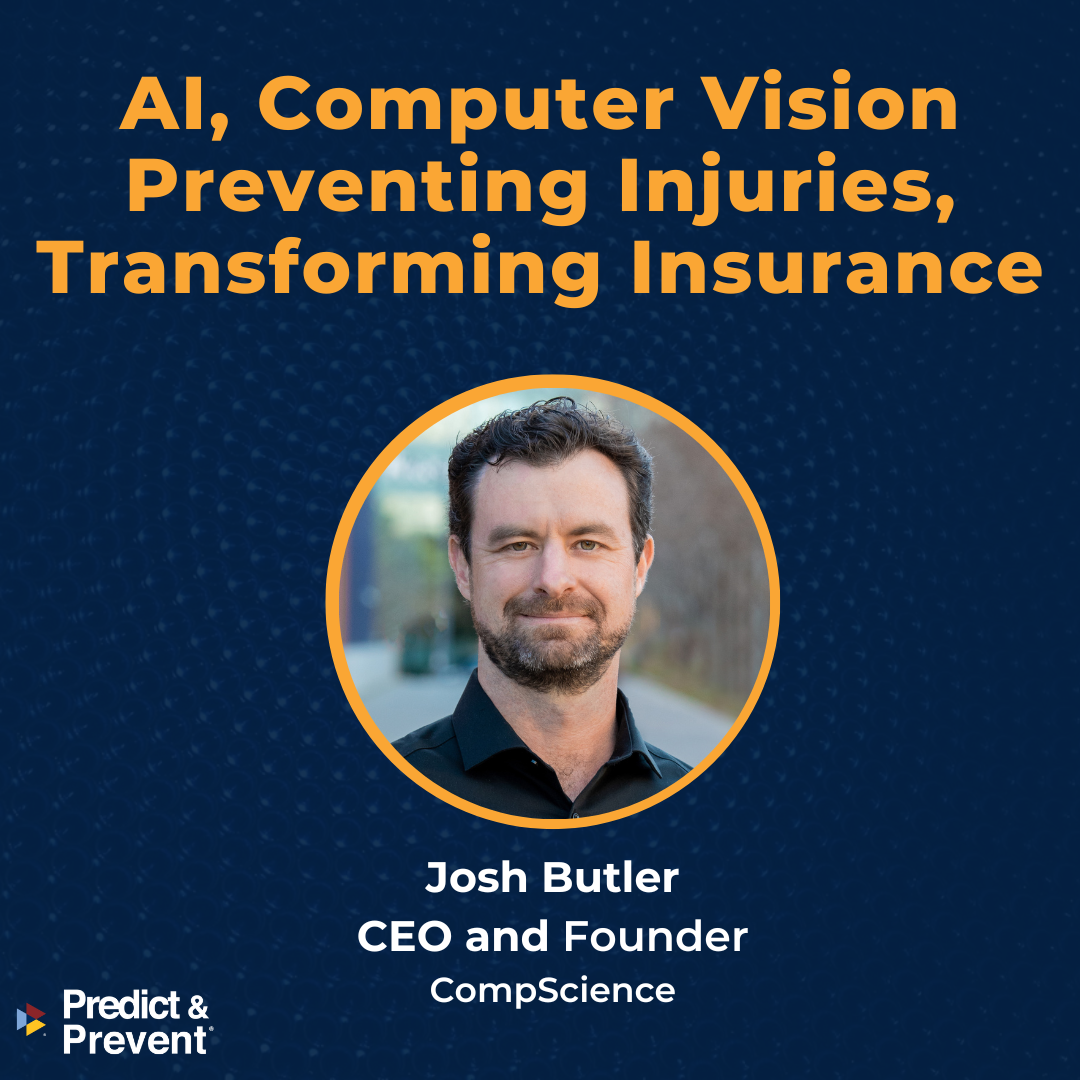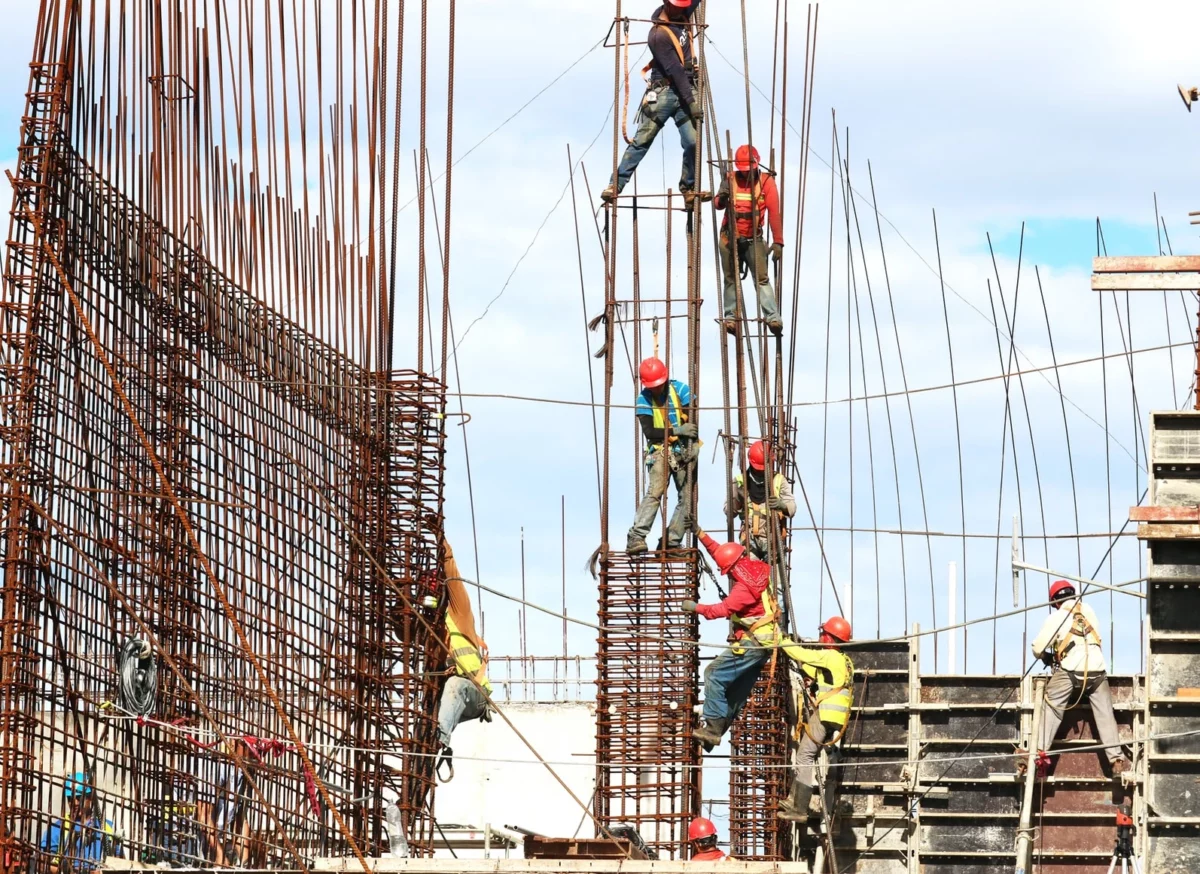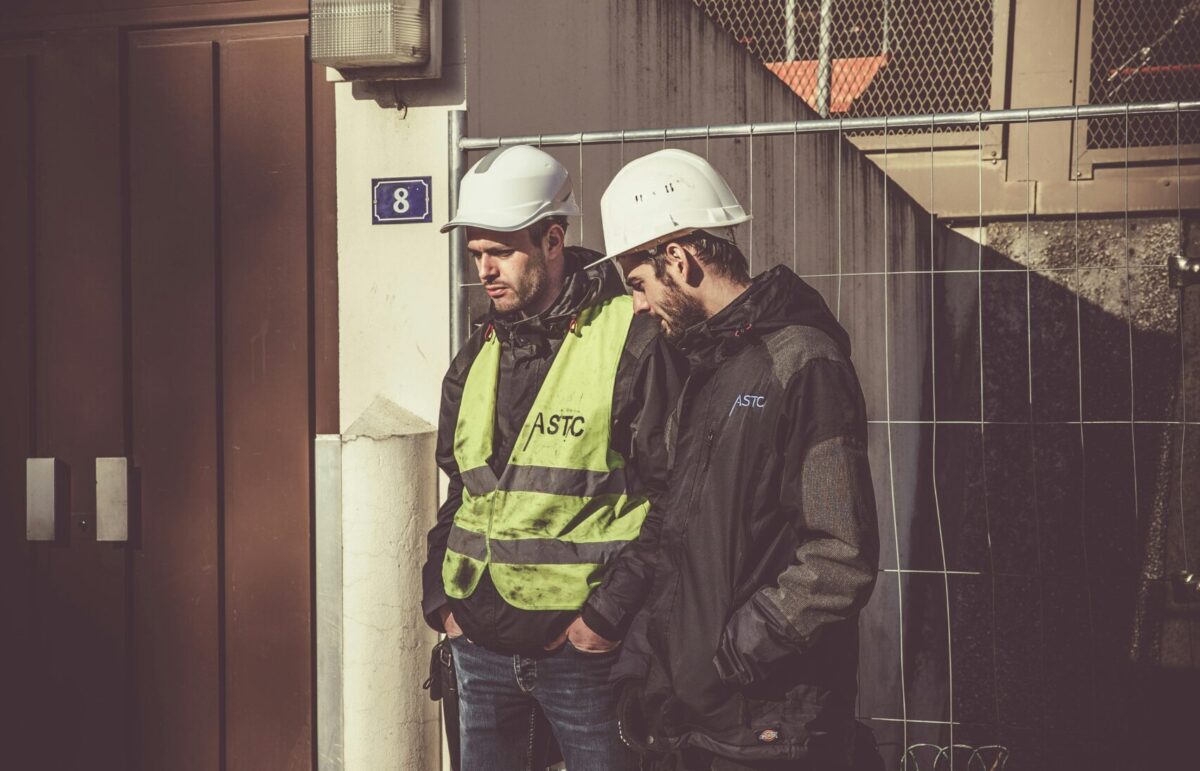How Do Struck By Injuries Happen?
Struck-by injuries in the workplace can occur in a number of ways, including:
- Powered equipment operation: Struck-by injuries can occur when employees are struck by powered equipment, such as forklifts, bulldozers, or other types of machinery.
- Traffic patterns: Struck-by injuries can occur when employees are struck by vehicles or other equipment that is moving in the workplace, such as when a vehicle backs up or when employees are working near moving traffic.
- Elevated objects: Struck-by injuries can occur when objects fall from an elevated position, such as when an employee is working on a ladder or scaffold and is struck by an object that falls from above.
- Material handling equipment: Struck-by injuries can occur when employees are struck by material handling equipment, such as cranes or hoists, or when they are struck by materials that are being moved using such equipment.
Preventing Struck By Injuries
Overall, it is important for organizations to identify and address the specific hazards that can lead to struck-by injuries in the workplace, and to implement appropriate controls to prevent such injuries. This can involve using protective barriers, implementing safe work practices, and providing employees with appropriate training and protective equipment.

